[Content Guide] In recent years, the demands for electronic equipment have evolved beyond just being compact, energy-efficient, and quiet. There is now a growing need to support ecological goals by reducing global warming. This has driven the popularity of LED bulbs since 2009, as they are not only slim and lightweight but also offer long service life, making them more eco-friendly. As a result, the components used in these devices must also be small, thin, and durable.
LED bulbs typically use a small power supply of around 10W, and traditionally rely on electrolytic and film capacitors to ensure smooth operation. However, there's an increasing trend toward using ceramic capacitors that are smaller and have a longer lifespan. These new ceramic capacitors offer higher electrostatic capacity than conventional materials, and this article will explore their features and recommend circuits suitable for other electronic devices based on LED bulb applications.
New Material Ceramic Capacitor Performance
Compared to traditional ceramic materials, the new material shifts its Curie point to a lower temperature, allowing it to exhibit a paraelectric phase at room temperature (25°C). This leads to several performance advantages over conventional products:
The reduction in capacitance when a DC voltage is applied is minimal, ensuring a high effective capacitance value. For example, under a DC voltage of 600V, the capacitance is twice that of conventional materials.
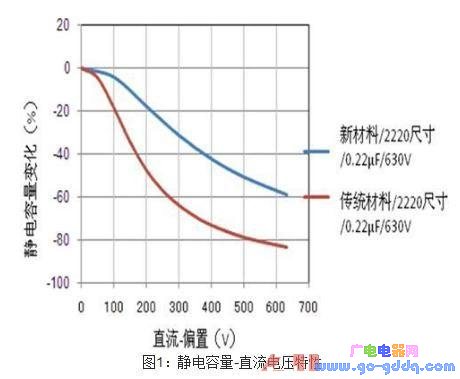
These capacitors also have low losses, enabling them to handle large ripple currents. At a frequency of 250 kHz, they can tolerate approximately 1.6 times the current compared to traditional capacitors.
According to Murata’s standards, the ambient temperature should be below 25°C, and the capacitor should be energized until it reaches a self-heating temperature of 20°C. For a 1µF product, at 250 kHz, the current resistance is 2.9Arms with traditional materials, while the new material can handle up to 4.7Arms.
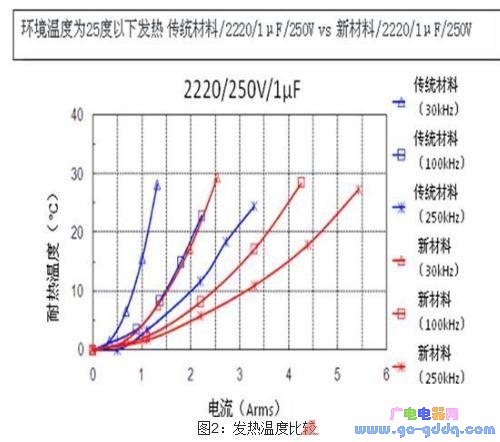
When a DC voltage is applied, mechanical strain is significantly reduced, resulting in lower sound pressure levels. The new material produces a sound pressure level that is only one-fifth of that from traditional materials. Its piezoelectric effect is also much smaller, meaning less mechanical vibration occurs due to electrical signal changes.

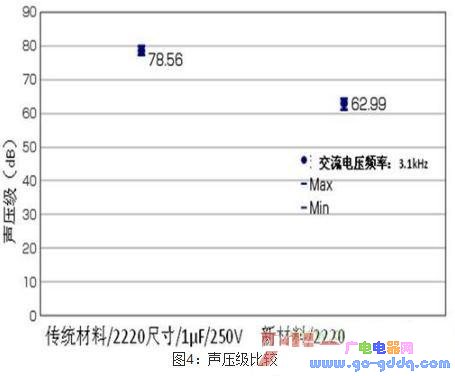
A reduction of 6 dB in sound pressure means the sound becomes half as loud. The new material reduces the sound pressure by 15 dB compared to conventional materials, which is equivalent to a fivefold decrease in sound intensity.
Product Overview and Circuit Applications
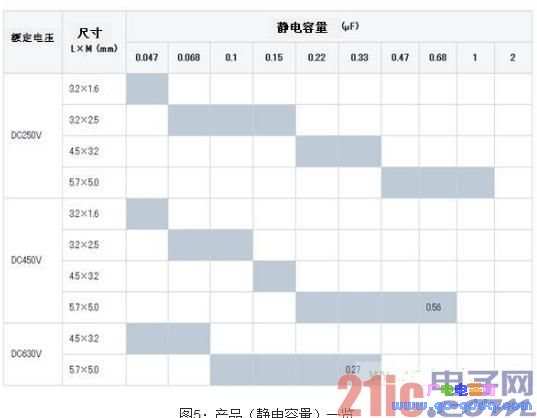
In October 2010, commercial production of the new material began, as shown in Figure 5. Regarding maximum capacitance, both lead-type and metal-terminal types were developed. For a rated voltage of DC250V, the maximum capacitance is 2µF (1µF × 2), for DC450V it is 1.1µF (0.56µF × 2), and for DC630V it is 0.54µF (0.27µF × 2). Additionally, the temperature characteristic of the new material is X7T, whereas conventional materials use X7R.
The general power circuit for an LED bulb is illustrated in Figure 6.
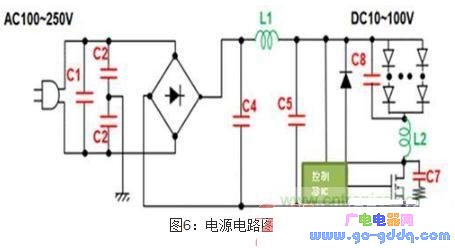
The key benefits of the new material include:
- Higher effective capacitance compared to conventional products.
- Greater ability to handle ripple current, making it ideal for smoothing functions in LED power supplies.
For the Japanese market, where the input voltage is AC100V, the peak-to-peak voltage after rectification is 140V. Therefore, a DC250V-rated capacitor with a capacitance of 2µF is recommended. For the global market with AC240V input, the peak-to-peak voltage is 340V, so a DC450V-rated capacitor with 1.1µF is suitable. For DC630V, the maximum capacitance is 0.54µF.
In addition to LED bulbs, a PFC (Power Factor Correction) circuit is often added after the rectifier to improve harmonics and power factor. Due to its low loss and excellent high-frequency ripple current tolerance, the new material is well-suited for use as a PFC input capacitor.
Other capacitors such as C1 and C2 are also shown in the diagram below.
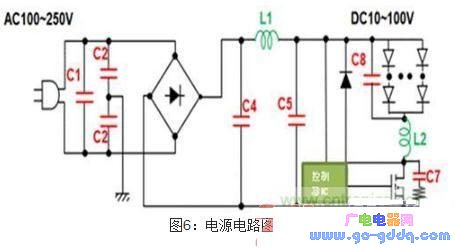
The new material capacitors have been developed with the goal of low loss and high capacitance. They are particularly well-suited for smoothing applications, in addition to noise suppression. Moving forward, we will continue to provide detailed technical data, including ripple current ratings, to better support your design needs.
16000mAh Fast Charging Battery
16000Mah Fast Charging Battery,1600Mah Battery,16000 Mah Battery,160Wh Battery Bank
Shenzhen Jentc Technology Co., LTD , https://www.phenyee.com